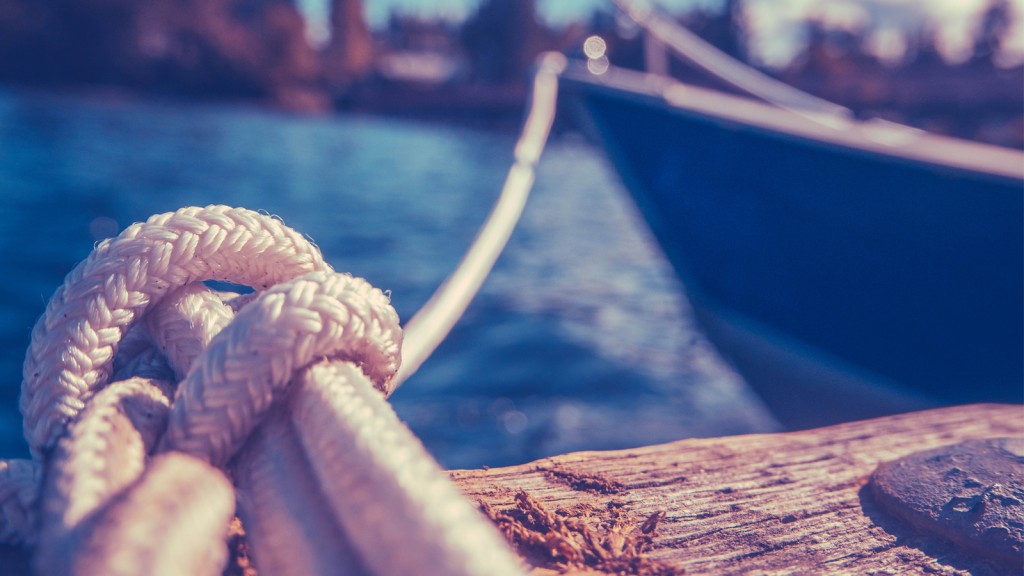Tying a sailing knot might seem rather difficult at first, but rest assured you’ll master this art with a little bit of exercise.
However, as soon as you start to practice, you’ll see that there are plenty different types of knots you can use.
Therefore, we decided to help you with a short list of the essential knots every experienced sailor needs to know.
How to tie up a boat
The first and most important knot every boater has to learn is the one that helps tie up the boat, in other words, the one you use for docking your boat. This essential knot will secure your boat, so you have to make sure you do it right.
Now, what you basically need in order to get that knot done is to:
- prepare the ropes that will help you secure your stern and boat fenders and get the suitable dock ropes that will tie your boat to the dock
- then spot the best docking place for your boat and proceed carefully toward it
- after you turned off your engine, start tying the ropes to the docking location using firm and secure knots. When you’re done, check once again each knot to make sure you’re boat’s safe. Now that you’ve got the steps, let’s move to phase two and see how you can actually tie these ropes that are often also referred to as lines.
How to tie a bowline
The bowline knot is one of the most common knots most sailors use because it’s quite practical. This safe and simple knot is easy to carry out and the great advantage is that it is also easy to untie.
To tie a bowline, start by making a closed, non-slipping loop in the line. Then pull the working end of the line through the loop, pass it around the standing end and then pull it through the loop again. Finally, pull it strongly to make sure the knot is tight and there you have it.
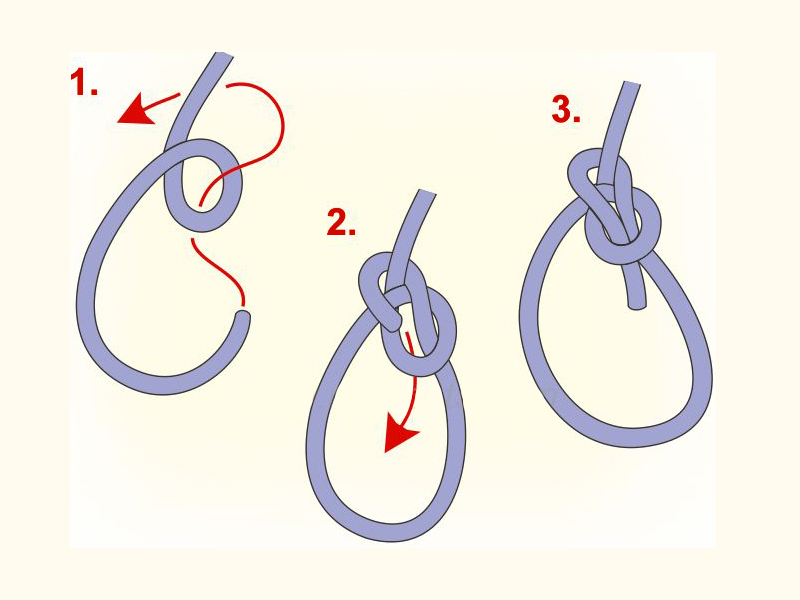
How to tie a cleat hitch
The cleat hitch is one of the most popular knots used by sailors worldwide. This efficient knot is easy to perform and it is an ideal option for beginners. This knot is used to secure the boat’s cleat while docking, hence its name.
To carry out this knot, you need to surround the cleat’s base with the line and then take two turns around the cleat’s horns. Both turns that are figure-eight shaped. While you perform the second turn, place the rope under itself and pull it firmly.
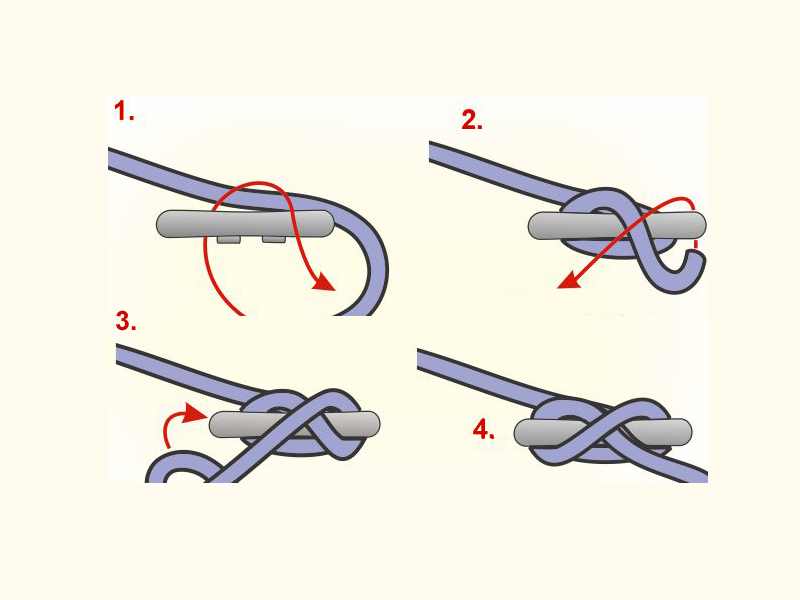
How to tie a clove hitch
The clove hitch is a very practical and simple knot. The clove hitch is performed in no time, just spot the object you want to tie and pass the line around it once. Afterward, pull the rope over itself and surround the object with another turn. To tie the knot, pass the line’s working end under itself, pull it firmly and that’s it.
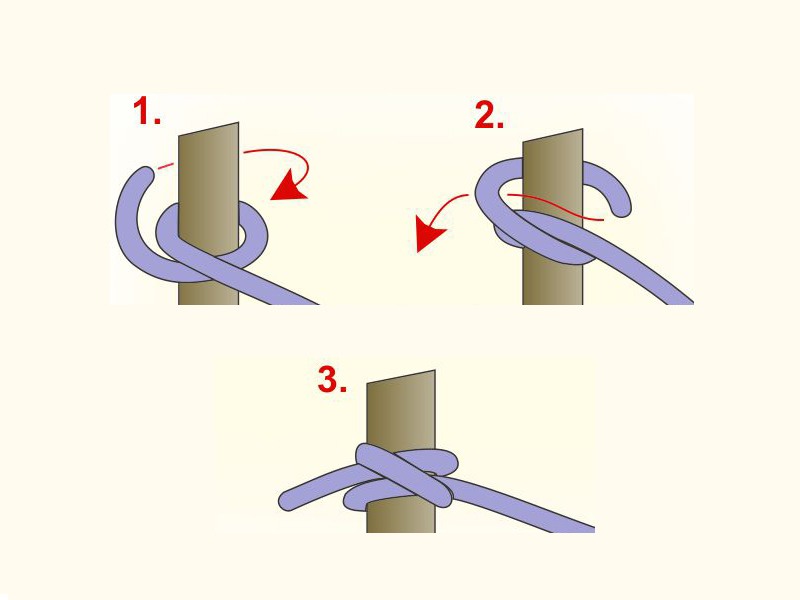
Other useful knots
In case you wonder what other types of knots you could use, here’s a short list of knots that are slightly more difficult but equally effective.
- Stopper Knot: this knot is famous for its super-ability to secure. It is one of the most popular knots for connoisseurs who know how hard it is to untie it. The super knot is formed by passing the line’s end twice around your hand and then passing the working end through the small wraps you just obtained. Finally, remove your palm and pull the ends strongly.
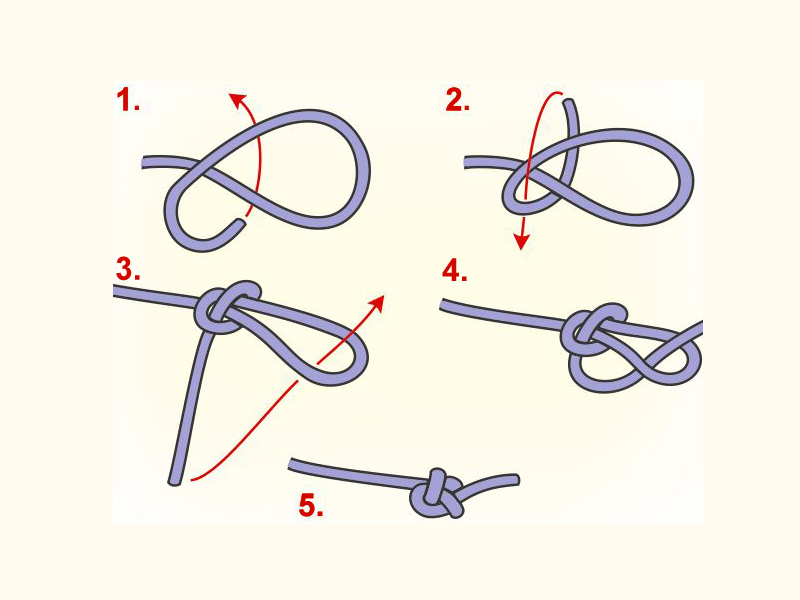
- Sheet Bend: this is another reliable knot experienced sailors fancy. For the sheet bend, you’ll use two ropes, ideally with different diameters. You have to form a noose at the end of one rope and pull the other line through it and surround the noose with this second line. Finally, pass the second line’s working end under itself and pull strongly.
- Rolling Hitch: this is another fearless knot that can’t come loose easily. To carry out a rolling hitch you need two ropes; the first will be wrapped around the second one three times. During the third turn, you need to pass the surrounding line’s working end over its fixed end and around the second line, right above the two previous turns. Then pull the surrounding line firmly to make sure the knot is secured.
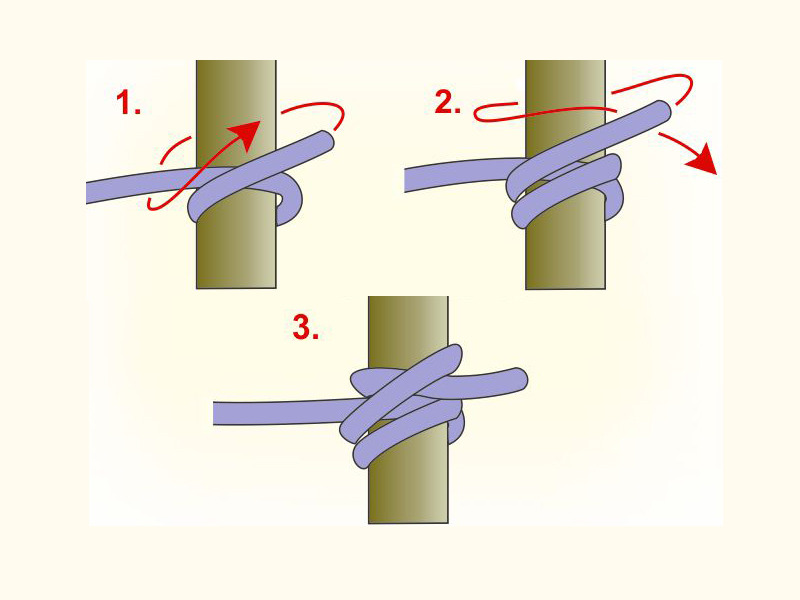
- Figure Eight: needless to say that this knot’s name comes from the shape that was inspired by no. 8. This is one of the safest knots out there. Moreover, it’s easy to verify its strength just by looking at it. Start tying this knot by forming an eight-shaped loop on your line. Then reconstruct the same pattern with the loose end of your rope, following the route of your first eight shape loop, making sure you leave a noose at the bottom. Finally, pull the four line strands as hard as you can and you’re done.
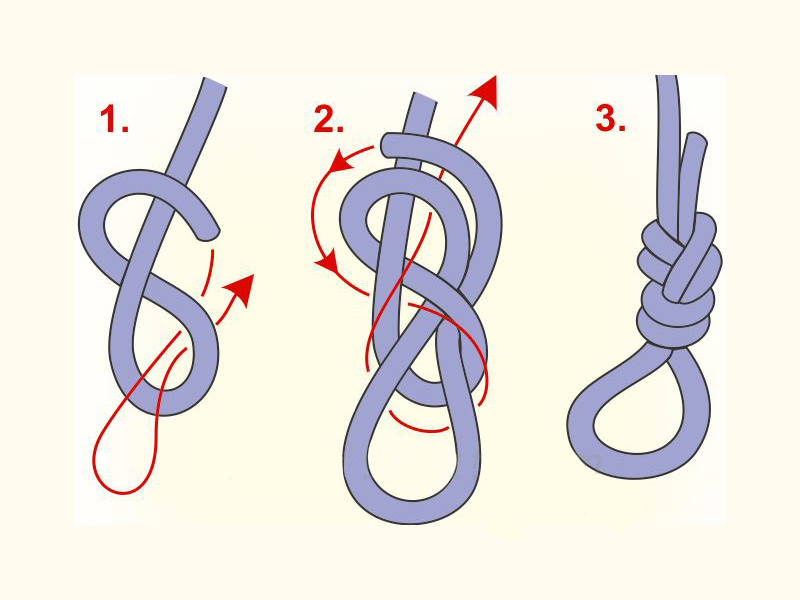
Every sailor needs a good knowledge of the variety of sailing knots, and their different uses and drawbacks.
Tying a knot is no rocket science, but it will take some time before you excel at it.
Our advice is to take it slow and start with the easiest types of knots, then try out the more difficult ones after you’ve improved your techniques.
| As the new season is about to start, we invite you to begin searching for the perfect berth, buoy or dry dock using MarinaReservation.com. We will be glad to assist you during the booking process! |
Also, don’t forget that there are other useful sailing-related articles on our blog that you might want to check out.

